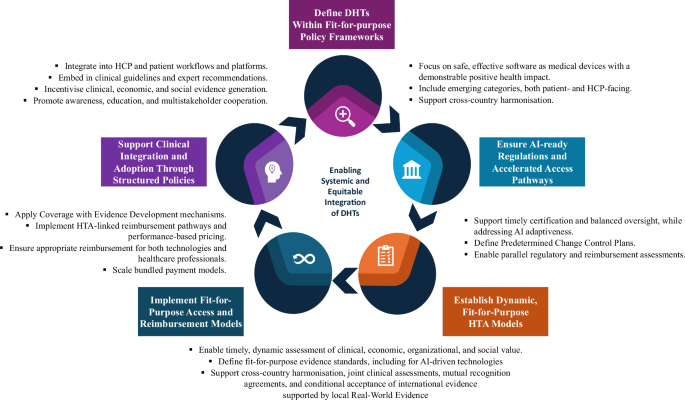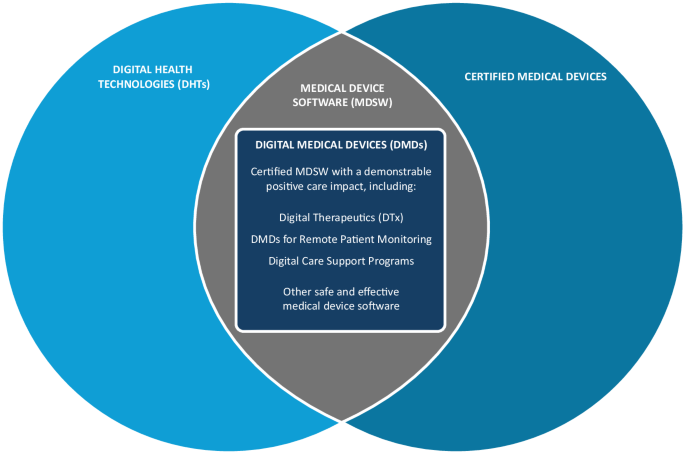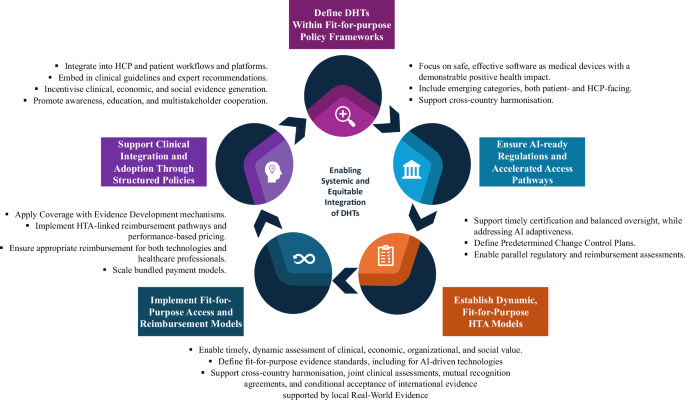Equitable and Systemic Integration of Digital Health Technologies
Digital Health Technologies (DHTs), such as medical-grade connected sensors and digital health applications, are transforming healthcare globally. However, fragmented policies and inequities in access and adoption hinder their full potential. In the EU, countries like Germany, France, and Belgium have established dedicated frameworks for assessing and reimbursing DHTs, while others are at different stages of progress.
The uneven landscape contributes to disparities in access and hinders the systemic integration of DHTs across Member States. Beyond access, adoption requires targeted policy interventions, ecosystem efforts, and technology management approaches. As the EU advances towards a Health Union and digital single market with emerging regulations, there is urgency to ensure safety and scale innovation through harmonized policies.
Five Complementary Policy Interventions
This article proposes five complementary policy interventions to support equitable access, adoption, and systemic integration of DHTs across Europe and beyond:
- Defining DHTs in scope of fit-for-purpose policies: Defining the subset of DHTs requiring targeted policies is key to enabling fit-for-purpose interventions and cross-country harmonization.
- Ensuring AI-ready regulatory frameworks and Accelerated Access Pathways: Adopting Accelerated Access Pathways at the EU level can support simultaneous regulatory and reimbursement assessments, streamlining certification and reducing delays.
- Establishing dynamic, fit-for-purpose Health Technology Assessments (HTAs): HTAs should be adapted to accommodate software updates and the unique characteristics of DHTs.
- Implementing access and reimbursement best practices: Reimbursement models vary across countries, but common enablers include early access pathways through Coverage with Evidence Development (CED) mechanisms and fit-for-purpose pricing models.
- Supporting system and clinical integration: Policies must ensure adequate infrastructure, interoperable health information systems, and widespread connectivity to achieve systemic adoption.
Challenges and Opportunities
Translating these policy enablers into practice can present challenges, including differences in national priorities and regulatory capacities. However, by rooting these enablers within a comprehensive policy framework and fostering cross-country harmonization, stakeholders can create a virtuous cycle of innovation, access, and equity.




